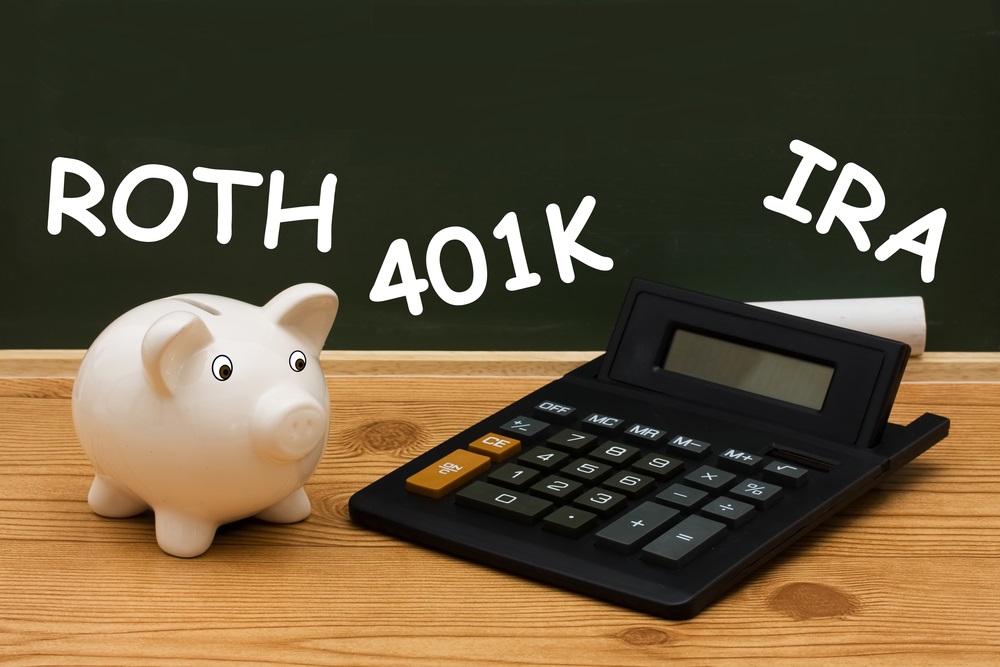
(135)
AGI stands for adjusted gross income. This number sets the threshold for certain deductions such as medical expenses. It also determines eligibility for tax credits like the retirement savings credit and American opportunity credit. As its name implies, AGI is something that can change based on certain factors. That’s why we want to cover the effect that contributing to your IRA can have on it, along with another aspect of a retirement plan contribution that can reduce tax liability.
When you make a contribution to a traditional IRA, it receives classification as an adjustment to income. The impact this will have on adjusted gross income is reducing it on a dollar-for-dollar basis. So if you make a fully qualified contribution of $3,000, that’s the exact amount your AGI will be reduced.
While that’s the basic overview of how this type of contribution affects AGI, as with many aspects of the tax code, there are some important considerations to take into account. One is how much of a traditional IRA contribution is deductible. For an unmarried individual who isn’t covered by an employer plan like a 401(k), the amount contributed will be fully deductible.
For people who are married, this type of contribution is only guaranteed to be deductible when neither spouse is part of an employer-sponsored retirement plan. If that criteria is met, contributions made will reduce adjusted gross income. It’s worth noting that while contributing to a Roth IRA can be a smart financial decision, this specific contribution won’t reduce AGI due to it involving after-tax dollars.
Even for people who are single, if they are covered by an employer plan and their AGI exceeds a certain threshold, their traditional IRA contribution won’t be deducted. Another thing to keep in mind about both traditional and Roth IRA contributions is they can qualify you for the retirement savings credit. If you’re eligible for this credit and claim it, you’ll be able to directly reduce your tax liability.
What’s interesting about the retirement savings credit is even though it lowers tax liability, it does not reduce AGI. That’s because it’s classified as a credit and not a deduction. The main criteria for claiming this credit are being over 18, having a modified AGI that falls below a specified level and not being a full-time student.
As this issue demonstrates, optimizing your tax situation can be quite a challenge. If this is something you want to do but are feeling overwhelmed by the number of questions you have, the best way to get answers and guidance is by enlisting the help of our professional tax services.
©2016-2023 Donohoo Accounting Services All rights reserved
Design By: Web Strategy Plus